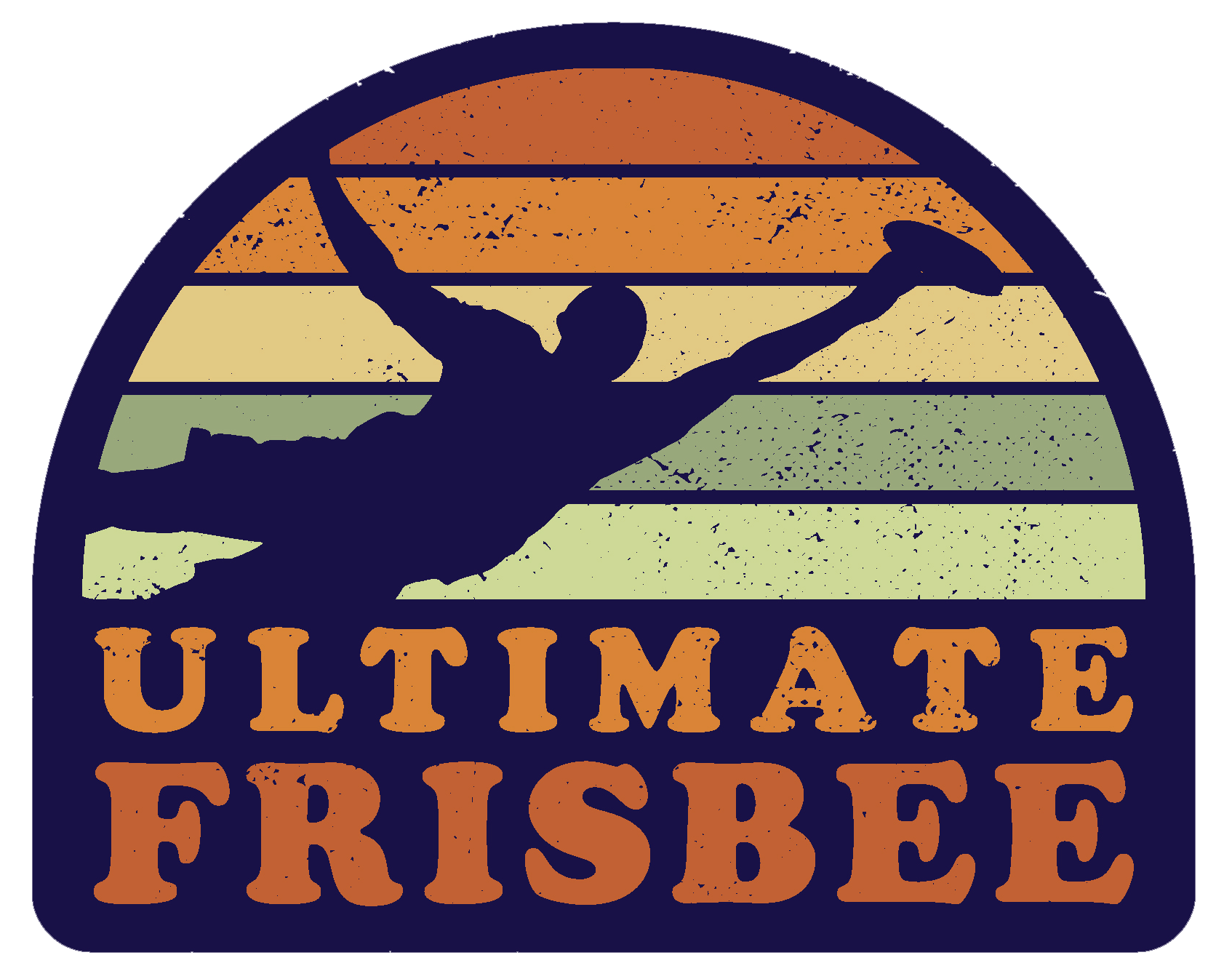Ultimate frisbee as we know it today emerged organically over several decades, beginning with early experiments throwing tin pie plates in the late 1800s. The sport grew on college campuses in the 1960s and 70s before formalising into the competitive sport played around the world now.
Early Origins
The origins of ultimate frisbee can be traced back to the late 1860s, when students at Yale University began playing a game they called “catch” on campus using tin pie plates. As the Frisbie Baking Company’s pie tins gained popularity in the early 1900s, people realised these tins could fly well when thrown, leading students to play informal games tossing the tins back and forth across campuses. The term “frisbee” emerged as a reference to these throwing games.
In the 1940s, Walter Morrison began producing the first plastic flying discs, recognizing their potential for recreation and sport. His “Pluto Platter” disc eventually became the famous Wham-O Frisbee in 1958. Wham-O’s mass-produced flying discs boosted the popularity of disc-based games across the country.
Key Early Frisbee Innovations
| Year | Event |
|---|---|
| 1867 | Students at Yale play early game of “catch” with pie tins |
| 1903 | Frisbie Baking Company pie tins prove good for tossing |
| 1926 | First recorded use of the term “frisbee” |
| 1948 | Walter Morrison invents the “Pluto Platter” flying disc |
| 1958 | Wham-O manufactures the first Frisbees |
Takeoff on College Campuses
The rise of ultimate frisbee as its own organised sport began in the 1960s and 70s, created by students experimenting with new games using the Wham-O Frisbee and building on existing informal “frisbee football” games.
In 1967, students at Columbia High School in Maplewood, New Jersey coined the term “ultimate” to describe their adapted version of frisbee football with new rules to focus on flowing passes and athletic skill. This fast-paced passing game formed the foundation for ultimate frisbee as we know it.
Some of the key regulations established:
- Using a 165-gram discus as the official disc
- 7 players per team on a rectangular field about the size of a football field
- Scoring by catching a pass in the end zone
- Non-contact rules to maintain fair play
- Playing without referees through “spirit of the game” principles
- Allowing only pivoting and passing, no running with the disc
On college campuses in the early 1970s, the sport grew rapidly, spreading across the country as students formed teams and organised competitions. The Ultimate Players Association formed in 1979 as the governing body to standardise rules and coordinate tournaments.
Developing into a Competitive Sport
Over the 1980s and 90s, ultimate frisbee evolved from casual college games into a serious, competitive sport played in professional leagues around the world.
The first national level championship was held in 1979, won by the team from Rutgers University. Through the 80s, competitive play continued under ultimate’s core principles of “spirit of the game,” prioritising sportsmanship and fair play.
In the 1990s and 2000s, USA Ultimate and other national organisations formalised competitive structures, including U.S. national championships, international championships, and professional leagues like the AUDL, PUL, and MLU.
The game’s global reach also expanded rapidly during this time, spreading from the U.S. to countries across Europe, Asia, and South America.
Ultimate gained recognition as a semi-professional sport and continued on a path towards the Olympics. The World Flying Disc Association WFDF oversees international play and the serious bid for Olympic status.
Evolution into a Global Sport
From humble beginnings throwing pie tins, ultimate frisbee has evolved into a globally popular sport played competitively at the highest levels.
What began as casual student games was transformed into a complex team sport requiring athleticism, strategy, and dedicated practice. National and international tournaments now draw elite teams to compete for titles and medals.
The sport continues to grow, with an estimated 7 million recreational and competitive players worldwide as of 2021. As ultimate frisbee expands, the history of the sport celebrates the spirit of innovation, camaraderie, and love of the game that have been core to ultimate since the very first throw.
Key international developments:
- 1981 First ultimate league outside U.S. forms in Canada
- 1987 First European Championship tournament held
- 1991 First Australian Flying Disc Association national championships
- 1992 International Frisbee Association formed to coordinate global events
- 1993 First World Flying Disc Federation Championships held
- 1999 First World Games feature ultimate
- 2003 First world junior ultimate tournament
- 2021 Ultimate recognized as an emerging sport by the Global Association of International Sports Federations
In summary, from the initial tossing of pie tins on Yale’s campus to the first plastic flying discs to competitive leagues and global tournaments, each era has shaped ultimate frisbee into the sport it is today. The game emerged from creativity and innovation by students experimenting with new forms of recreation. This spirit lives on through ultimate’s unique self-officiating ethos and camaraderie. As ultimate heads towards its goal of Olympic recognition, this history promises continued evolution driven by the love of the sport.

